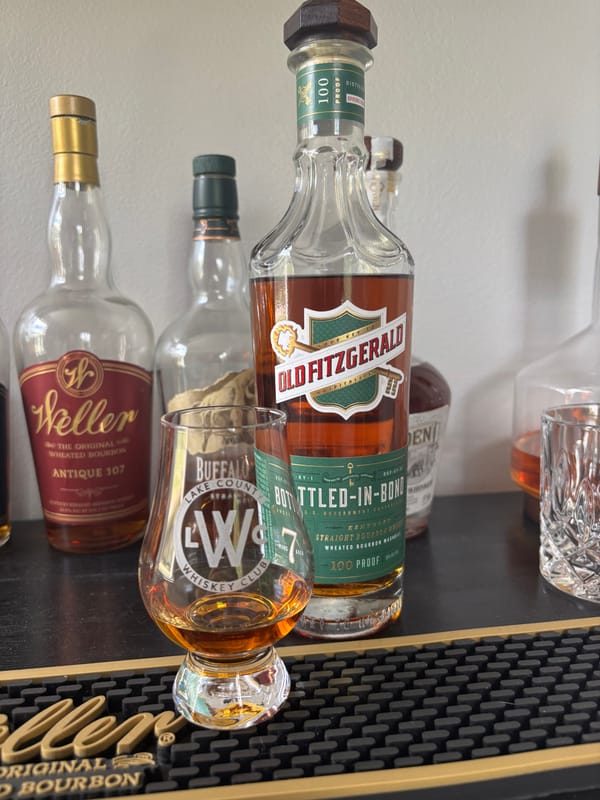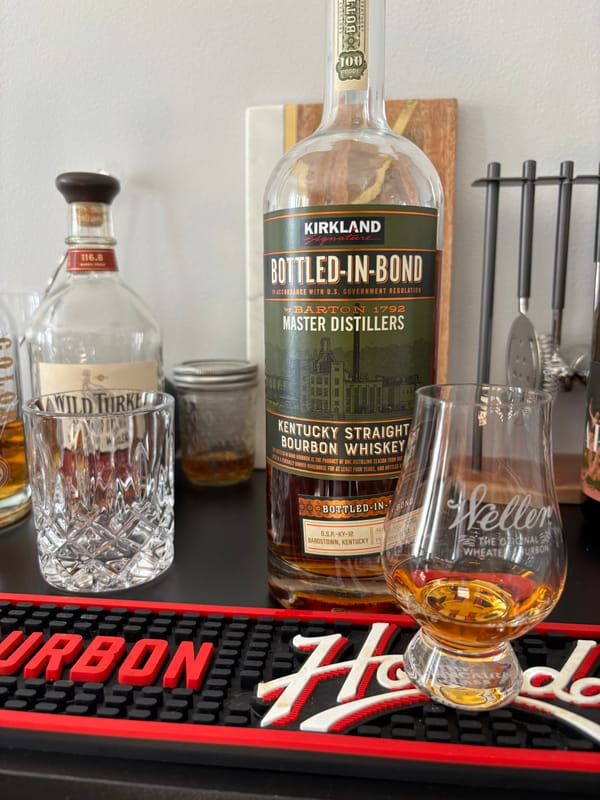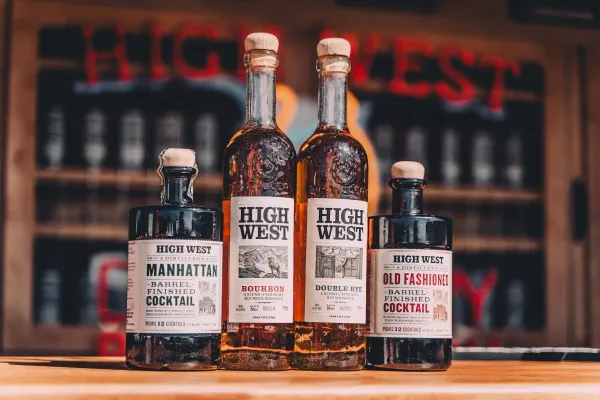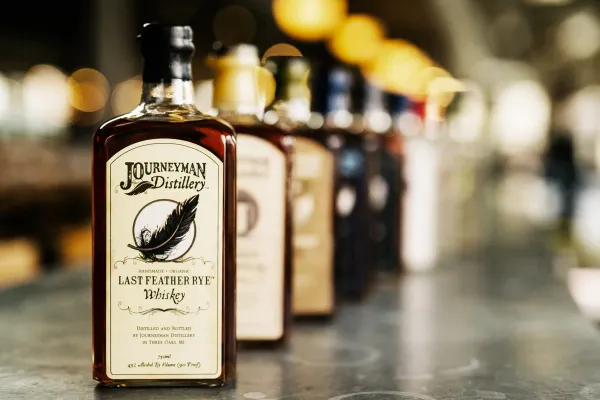Whiskey Yeast Fermentation Facts: The Spark You’ll Wish You’d Ignited Sooner

Yeast Fermentation: The Whiskey Fire You Can’t Ignore
Yeast fermentation isn’t just a step—it’s whiskey’s flavor spark, and if you don’t know its fizz, you’re missing the fire that lights every mash. It’s biology, not magic. Here’s the stone-cold truth about yeast fermentation in whiskey, from vat to sip, and why it’s your 2025 must-grasp.
What Is Yeast Fermentation in Whiskey?
U.S. law defines whiskey—51% grain minimum, 160 proof max distillation, 125 proof max barreling, 80 proof minimum bottling, new charred oak aging. Yeast turns mashed sugars into alcohol and flavor compounds (esters) at 8-10% ABV over three to five days. Every whiskey’s soul starts here, no law controls the strain.
How Yeast Fermentation Shapes Whiskey
Grain—corn, rye, or barley—cooks at 180-200°F, cools to 75-90°F, and yeast dives in—steel or wood tanks churn for 72-120 hours. Esters form—fruit, spice, or floral notes—distilled to 160 proof max, aged two-plus years in oak, layering vanilla. Fermentation’s spark drives the flavor—every bubble counts.
What Yeast Fermentation Means for Your Sip
Active yeast adds zest—bourbon’s corn might hint at apple, rye’s spice at clove—oak’s caramel joins later. Weak fermentation flattens it—every sip’s vibrancy—law allows it—rides this fizz, no additives fake it.
Why Yeast Fermentation Matters in 2025
Yeast fermentation’s whiskey’s flavor engine—by 2025, understanding it could fire up every pour’s spark, from bright to bold. It’s the truth in the bubble—don’t miss its kick. Want to taste yeast’s blaze?
Check out NEAT: Whiskey Finder—it’ll help you track down bourbon and whiskey near you.





